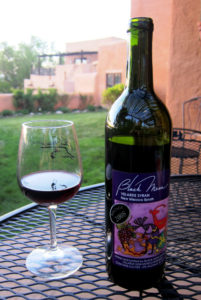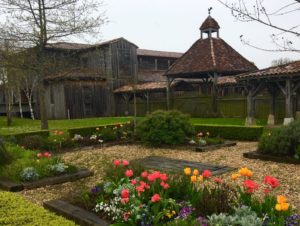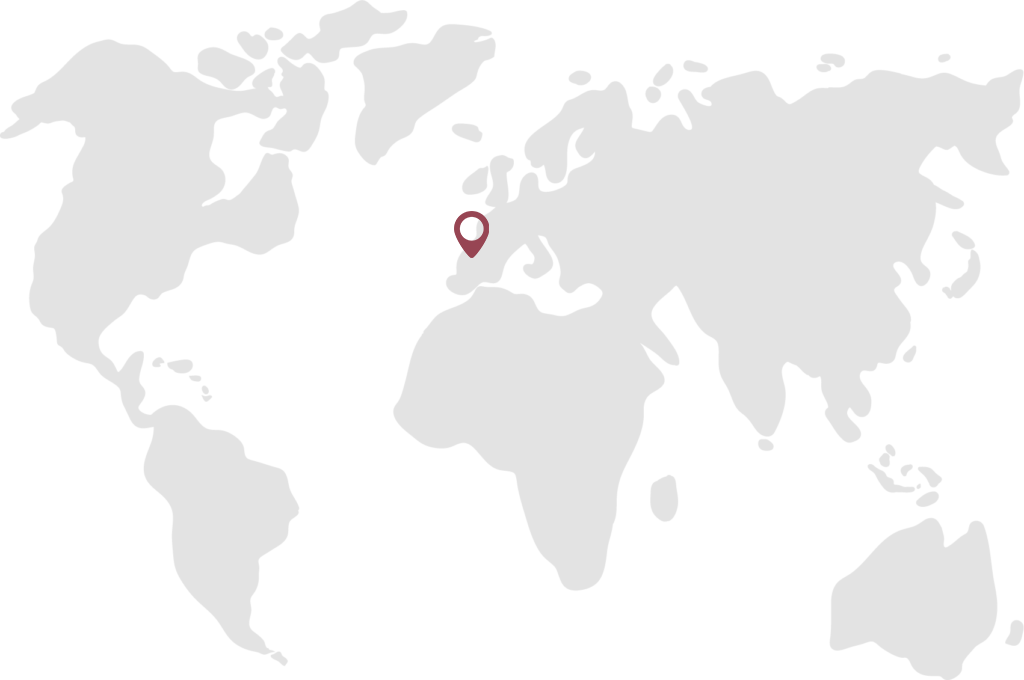UPDATES.
Laetitia Ouspointour of LO Wine interviewed me about our own Etalon Rouge wine recently on Instagram.
Also, last Friday, I did a tasting of four Pinot Noir wines—three from Alto Adige in Italy, and one from Burgundy. The owners of Independent Wines in Edinburgh, Scotland, joined me to talk about wines from Alto Adige.
OVERVIEW.
Sunday in the Gironde region of France: though chilly at first, sunshine cracked the day open about midday. First, a Dutch friend and I enjoyed oysters with both cremant and white wine, purchased at the morning outdoor market in the nearby town of Plassac. Later, I cooked a more substantial meal at home.
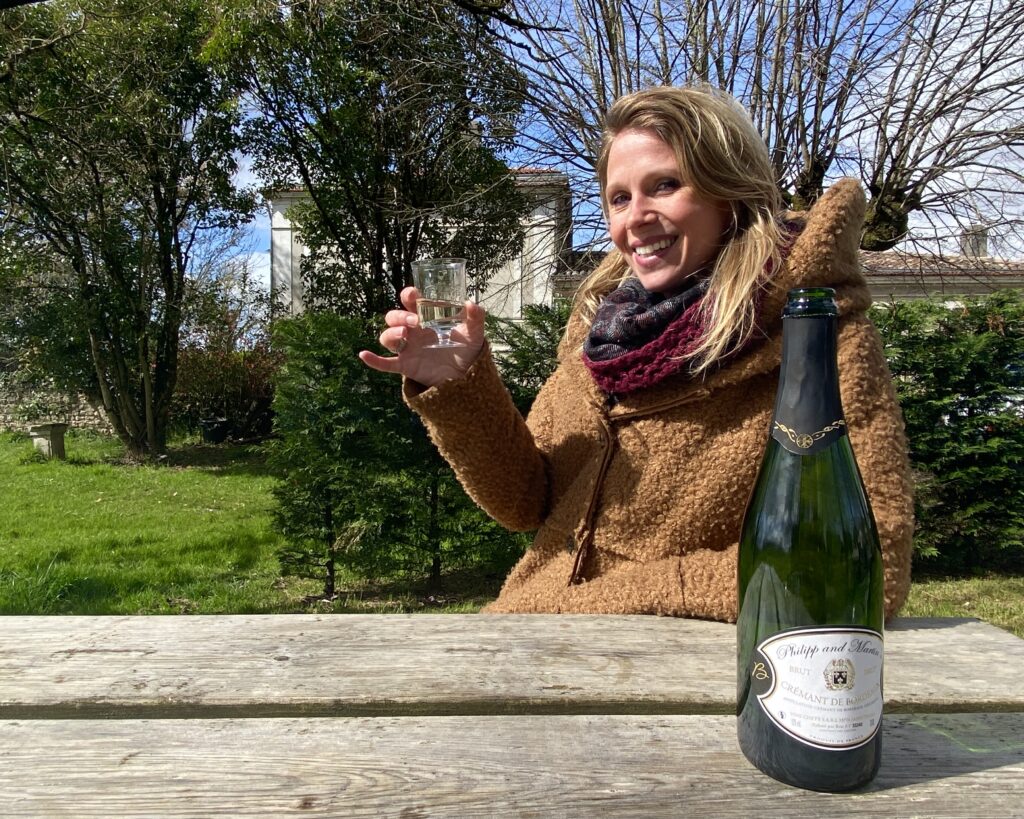
1. CHEF.
For the oysters—mother nature. For the veal stew, I worked with organic and fresh ingredients bought at a market in Blaye on Saturday.
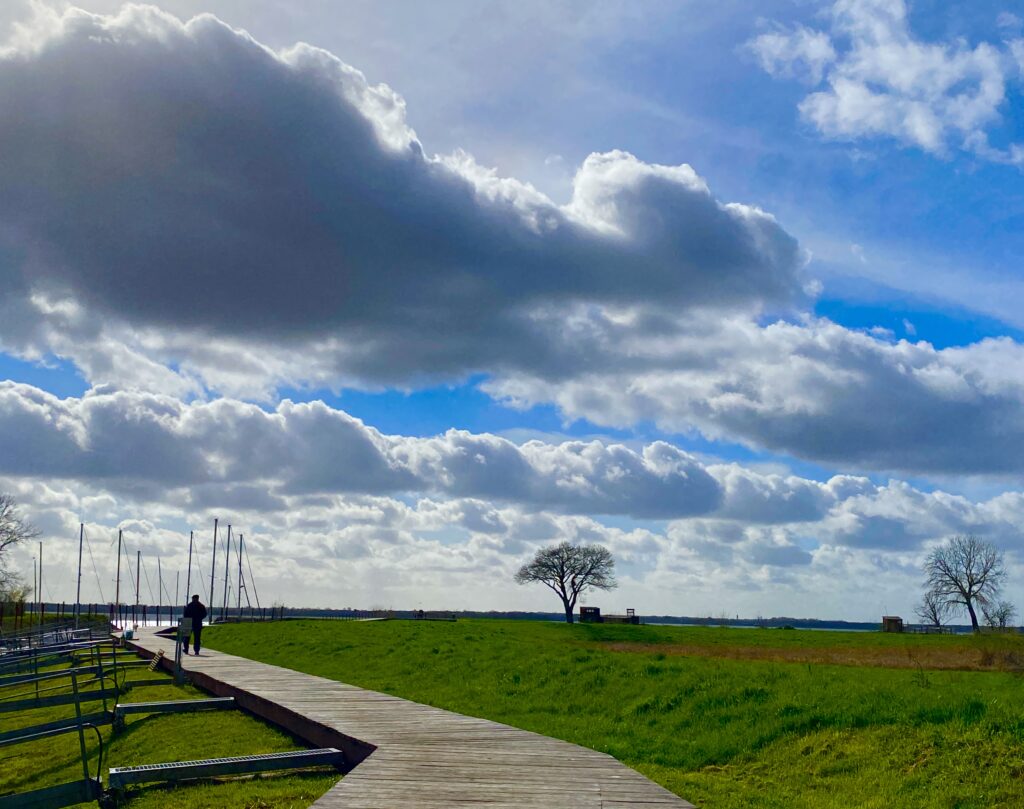
2. DISHES.
A dozen oysters from the Plassac market, with sliced lemons. To help us cut and eat these, local winemaker friends loaned us bottle openers, which include small knives.
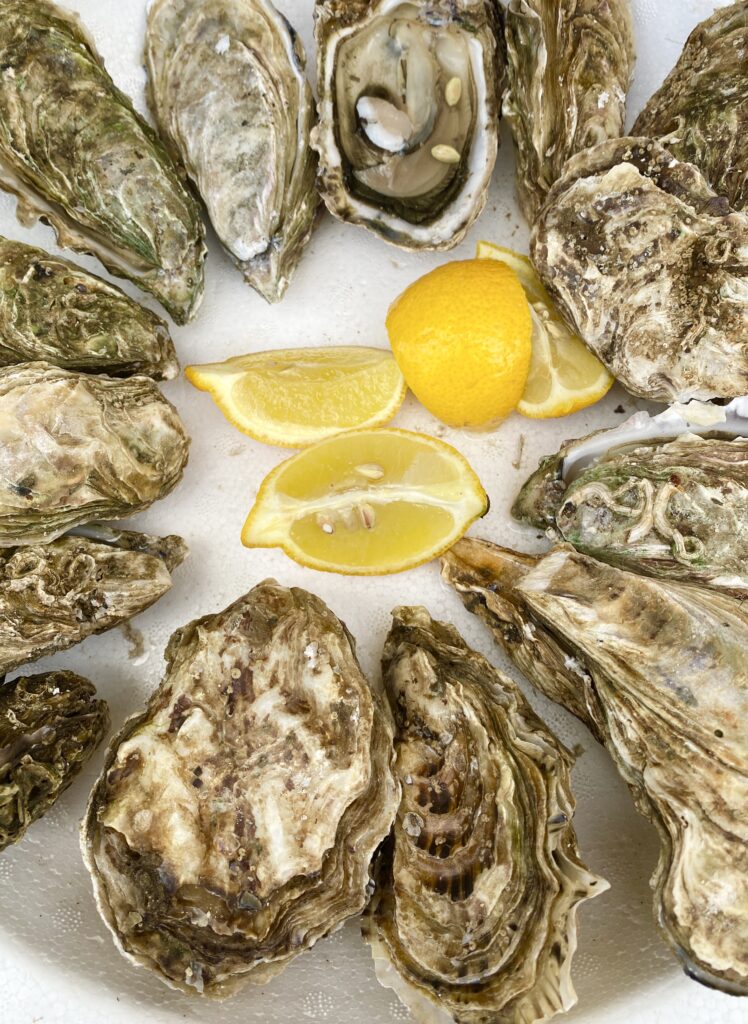
For dinner, I slow cooked a stew of filet de veau, or chopped veal, together with shiitake mushrooms with a little lemon juice and cream. While we were enjoying oysters by the estuary, this dish slow-cooked in a Dutch oven, placed inside of the oven, for 4 and 1/2 hours at a temperature of 250F (120C).
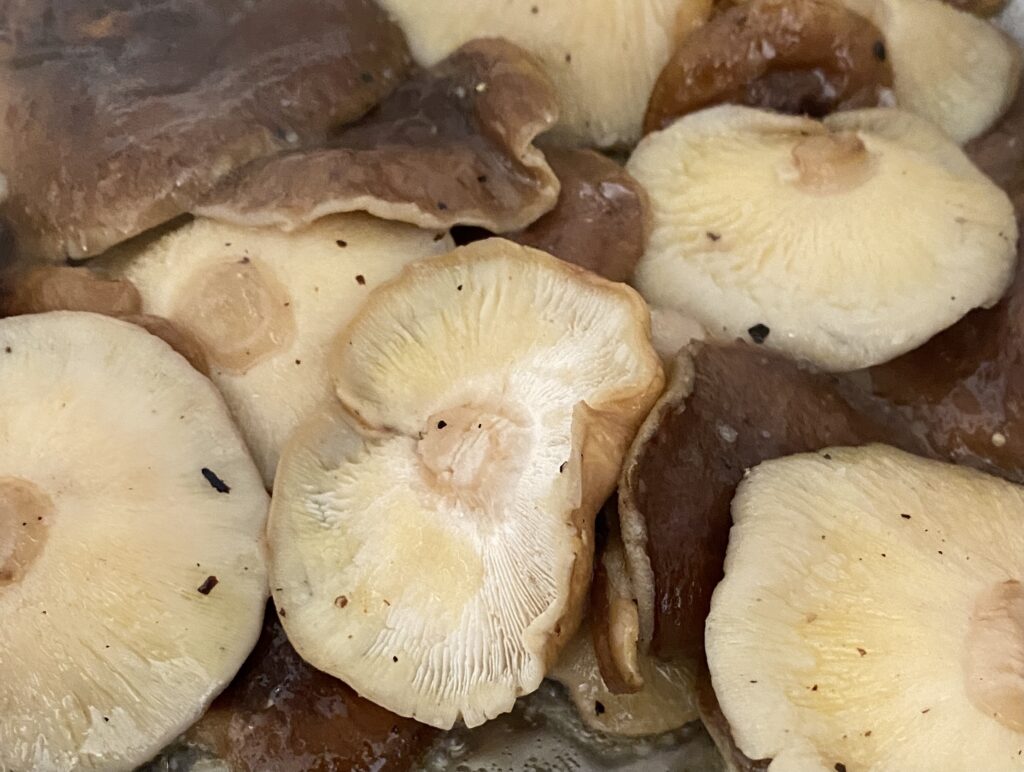

And for dessert, a fruit tart bought at the market.
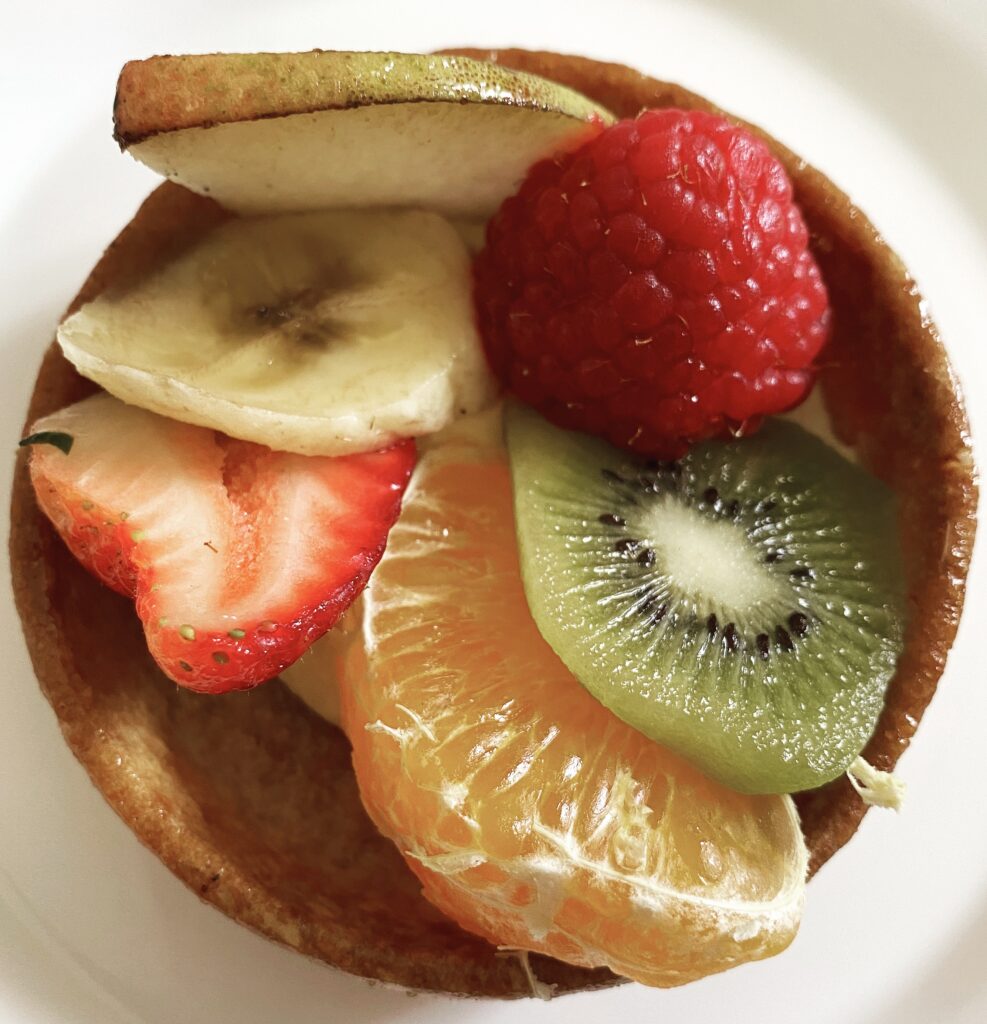
3. WINES.
On the estuary we enjoyed two wines from Château Mercier, owned by the Chety family in the nearby region of Bourg (this region has produced wine since the time of Romans). Check out their website. Years ago, I prepared a drone video of their vines and property. The family have produced wines since the year 1690. Seriously!
We first drank a bottle of local sparkling cremant (which is inexpensive and delicious) followed by a wonderfully crisp and easy drinking white wine—predominantly Sauvignon Blanc. Together these two bottles cost a total of 15 euros. (And you wonder why I live here?)

Later that evening, for the dinner of veal and mushroom stew, I drank two types of wines, both from Elvio Cogno in the Langhe, or Piemonte region, of northwestern Italy.
The white wine is made from the Nascetta grape, which is indigenous to the Alba and Barolo regions. It used to make a sweet wine in the 19th century, and then the grape almost vanished. Since 1993, Elvio Cogno has worked to produce vintages from Nascetta. It is a versatile grape that produces gold colored wines. Tastes include pears, green apples and even butterscotch. This is an assertive yet calm white, a ‘meditation wine.’
Next, the Barolo Ravera, a DOCG quality beauty made from the Nebbiolo grape. This wine includes fresh and powerful and earthy aromas—Including eucalyptus and leather. It’s a red fruit rodeo in the mouth, with flavors of prunes and morel mushrooms. This is a wine you want to sip after a Friday afternoon Vespa ride into Milano or Como (or in the Piemonte).

WINDS OF WINE—NEWS ABOUT VINTAGES / TRAVEL / LIFESTYLE
- Virgina Wineries Association has announced 2021 Governor’s Cup Gold Medalists. The winner? Barboursville Vineyards 2015 Paxxito—a dessert wine made with Moscato and Vidal grapes.

- Ornellaia of Tuscany, Italy, recently announced the artist for their 2018 vintage, known as La Grazia. Artist Jan Fabre of Belgium has used red coral in his work. Bottles will be auctioned at Sotheby’s in London in September for charity. Ornellaia have also just released La Volte de Ornellaia, predominantly Merlot based.
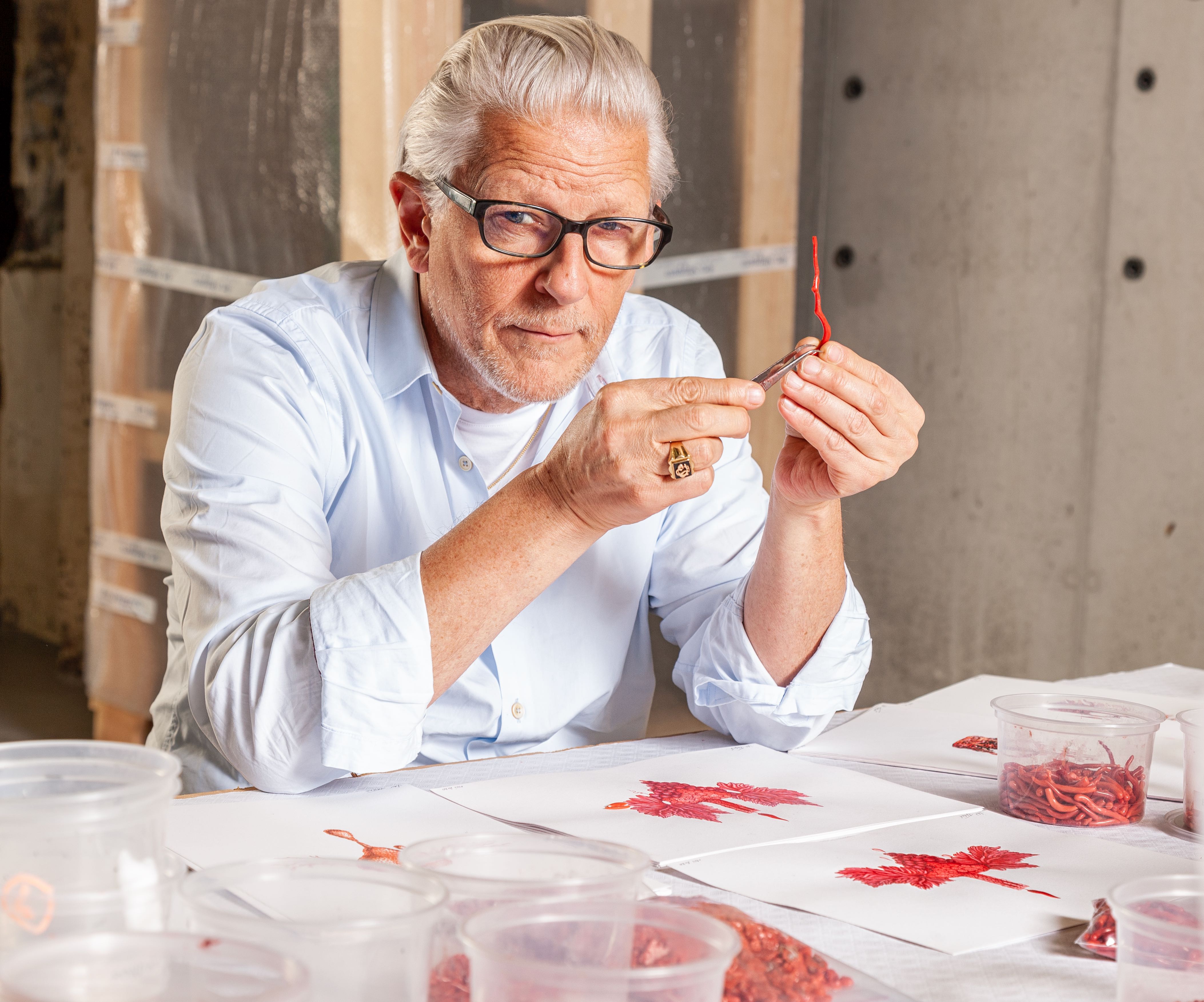
- The Wine Chef recognized four women in wine in Alto Adige, Italy, for International Women’s Day.
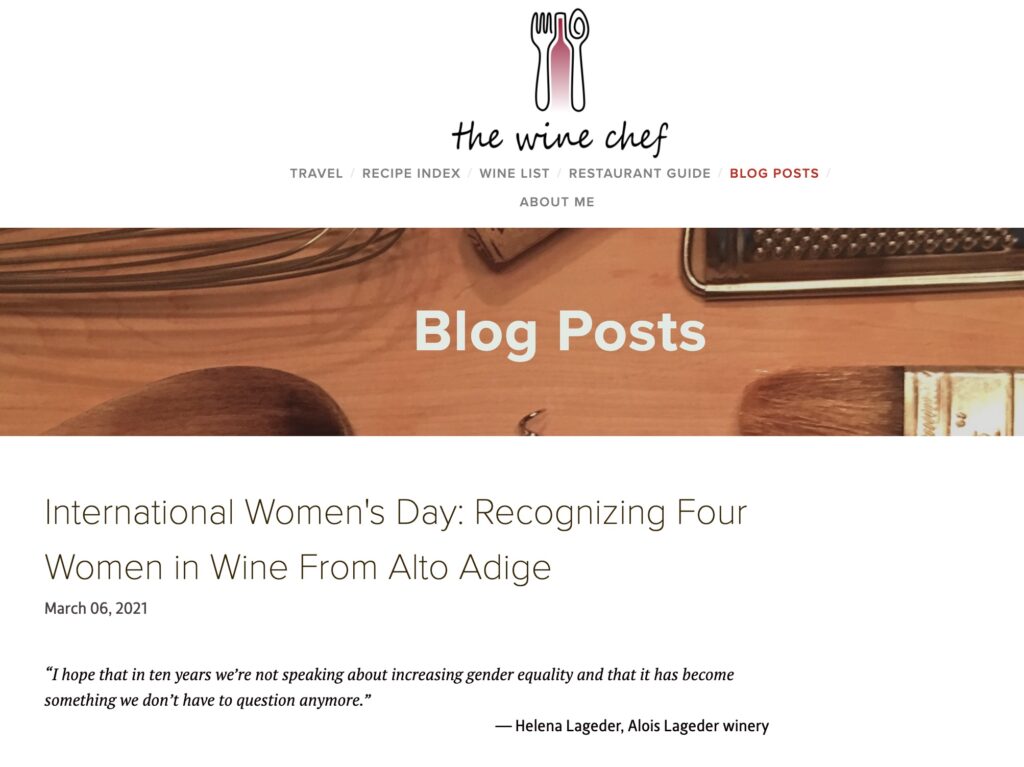
- The amazing Cordo wine bar of Berlin, Germany is now delivering food. I’ve visited this place—it’s a Riesling Heaven! (Check out my Forbes article that includes Cordo.)
- Mike Madaio has just published a book about a one time thriving wine community just 50 miles from Philadelphia in Pennsylvania—at Mount Penn. It’s a good read and includes tales of hard working vine growers (one felled trees in Germany before coming to the U.S., and used to drink ample quantities of water to stave off his hunger pangs). The stories are interspersed with technical information regarding, say, vine species or how and why sugar has been added to wine in the past. An enjoyable read.

- Fourth generation Rimessa Roscioli in Rome, once visited by chef Anthony Bourdain, now has a wine club and is shipping to the U.S.
- Liquid Assets has announced Golden Vines awards, including best fine wine producer in Europe. Check out their site here.
In the coming weeks I’ll be sampling and writing about wines from South Africa, Tuscany, Sicily and the Loire Valley of France.
Thanks again for tuning in!
